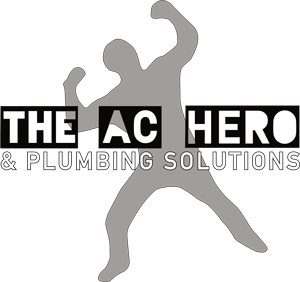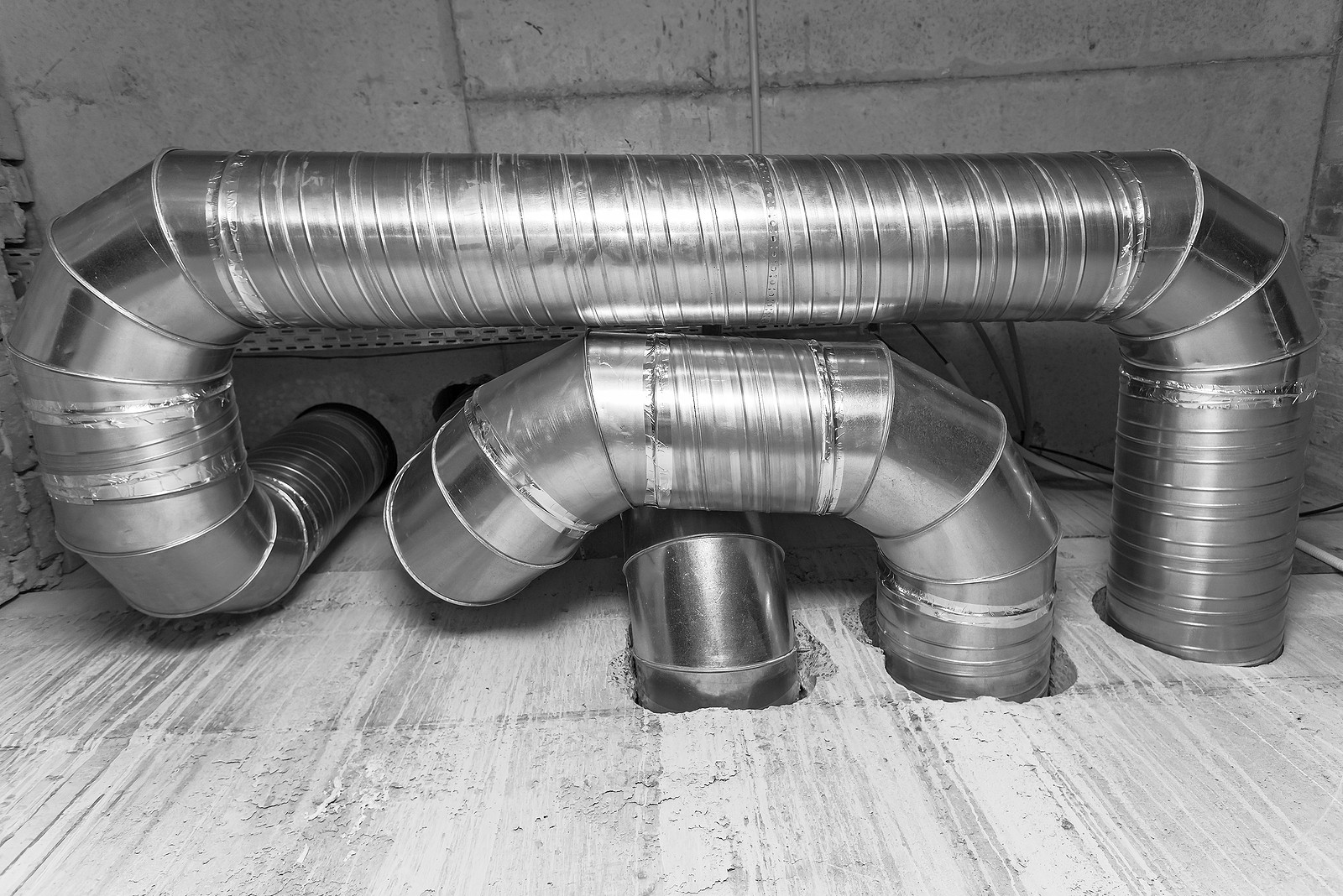The ductwork of your HVAC system moves air in, out, and within the home. From transporting heated and cooled air to helping maintain energy efficiency and indoor air quality, it serves many purposes. Poorly designed and maintained ductwork can reduce heating and cooling efficiency, causing your energy bill to go up. Rarely seen, HVAC ducts help keep indoor temperature comfortable and enable the system to work as designed.
How Air Ducts Work
The HVAC ductwork in your home consists of various components that enable air circulation. The main parts of it include:
- Return vents: Draw in indoor air when the system/thermostat cycles on, transferring air to the air conditioner via a series of air ducts.
- Supply vents: Allow warmed or cooled air to enter your home via the supply air ducts.
- Air ducts: Metal structures that create enclosed channels to distribute air directly from the AC, furnace, or heat pump.
Common Air Duct Problems and Issues
A combination of air duct problems, combined with heat conduction, can reduce your HVAC system’s efficiency by up to 40%, according to the U.S. Department of Energy. The issues that may impact your duct system include:
- Air Leaks: One of the most common air duct problems, air leaks may be caused by holes, loose connections, and gaps between joints. Energy Star has estimated up to 30% of heated and cooled air may be lost through breaks in ductwork. Air loss can dramatically decrease the performance of your HVAC system, leading to uneven room temperatures, shorter operating life, and other problems.
- Dust, Debris, and Dirt: If particulates and contaminants build up, they can become more concentrated inside than outside. Highly concentrated pollutants can be a health hazard. But the issue can be addressed with regular air duct cleaning. Dirty filters not only impede airflow. They can also increase concentrations of pollen, pet dander, asbestos, mold, and dust mites in your home. Other threats may include insects, chemical solvents, and fecal matter.
- Poor Design: If ducts are designed, sized, and installed poorly, air pressure alone can increase leakage and become imbalanced throughout the home. If rooms are overpressurized, heated and cooled air gets forced out of every crack, while negative air pressure draws outdoor air in. Either way, the HVAC system must work harder, using more energy and increasing the rate of wear and tear. Improperly designed ducts can also create more noise than normal.
How to Keep Your Air Ducts Working Efficiently
Maintaining your air ducts can improve comfort, performance, and efficiency. To accomplish this, here are the most important tasks to focus on:
- Clean Vents: Clean the return and supply registers to make sure there is no dust or dirt on them. You can do this yourself using a vacuum cleaner with a brush extension and a damp cloth.
- Air Duct Cleaning: An HVAC contractor has the equipment and expertise to provide a thorough cleaning of your air ducts, which can drastically improve indoor air quality.
- Seal Air Ducts: Sealing any air leaks, including from gaps and cracks in the ductwork, can remove one of the most common impediments to efficiency. Most HVAC companies offer air duct sealing services.
- Add Insulation: Insulation can also prevent air loss and it helps regulate indoor temperatures. In the attic, it prevents warmed air from rising out of your home and cold outside air from sinking in. Air duct insulation can also prevent heat loss through metal duct surfaces.
Contact The AC Hero
The AC Hero is open during the coronavirus pandemic to provide air duct sealing, repair, cleaning, and insulation services. Our technicians can properly design and install your ductwork, check its existing design, and inspect it to ensure it’s functioning properly. For HVAC and duct service and to reach our company in an emergency, call us at 817-557-7586.




